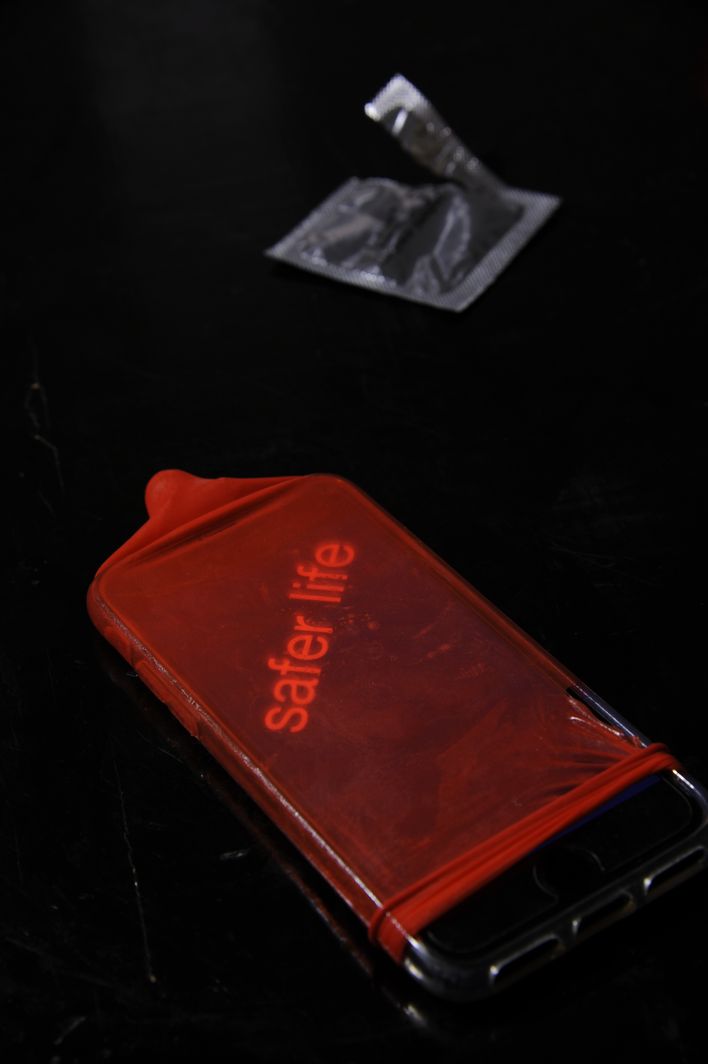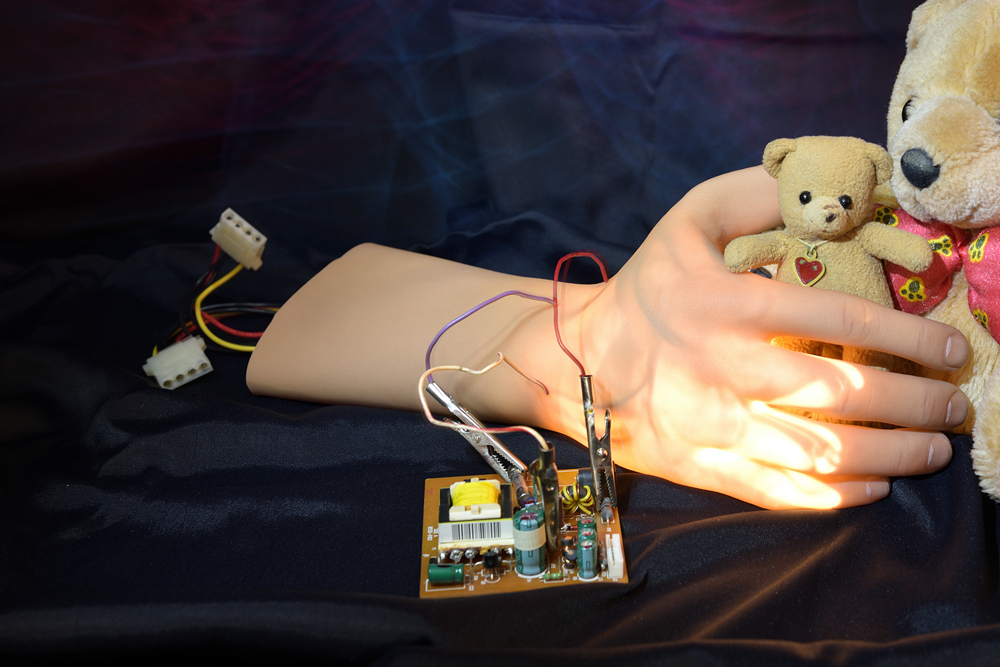ANATOLIY BABIYCHUK
Born 1975 in Sosnivka, Ukraine (former USSR)
Lives and works in Vienna and Chervonograd, Ukraine
2006-2013 Fine Art & Photography at Academy of Fine Arts Vienna
Professors: Matthias Herrmann and Martin Guttmann
2012 Fine Art Media (Exchange program) at Slade School of Fine Art, London
2005-2006 Artistic Photography at Friedl Kubelka School, Vienna
Die Schüler (Series Horaivka)
Horaivka is a small village in the Kamianets-Podilskyi district of theKhmelnytskyi region. It is 338 km from Lviv, 433 km from Kiev,501 km from Odessa and 992 km from Donetsk. The last 5 km of theroad to the village is unpaved. The earliest written references I found to Horaivka were in a Russian and a Polish source from the late nineteenth century. According to the Geographical Dictionary of the Kingdom of Poland from 1880, there were 122 inhabitants. The horrific events of the first half of the twentieth century did notbypass the village: World War I, collectivisation, the famine of 1932-33, brought about by the Soviets, and then World War II. Sig- nificant for the village and its inhabitants was the founding of the state farm named after Ordzhonikidze in the spring of 1957, bring-ing together the Stara Ushytsia collective farm New Star andthe agricultural artels of the neighbouring villages (among them,Horaivka). The farm specialised in the cultivation of medicinal herbs and was the main source of employment for the village throughout the Soviet era and into the first years of independence. The construction of the Dnister Hydroelectric Power Plant inbetween 1973 and 1983 had a considerable impact on the village andthe region as a whole, with dozens of villages flooded and theirinhabitants relocated. Twelve villages in the vicinity of Horaivka wereflooded and the authorities offered housing there to those
who were affected. As a result, the population of Horaivka grew considerably. The fall of the Soviet Union gave rise to the dis- integration of former economic ties and the state farm named after Ordzhonikidze gradually declined. Its eventual liquidation in2007 significantly worsened the employment situation for the villag- ers. Many people, especially the young, left for the city or went abroad. There are about 400 people living in Horaivka today, down from more than 700 in the early 90s. There is a nursery, a sec- ondary school, a post office, a small medical centre, two churches,two small shops and a village club.
I have been spending one or two weeks in Horaivka every sum- mer since 2009. As my wife is from Horaivka, I quickly becameacquainted with the villagers and their way of living. Over the years,I would go through Horaivka with my camera and tripod, meeting and getting to know the local people and asking if I could photo-graph them. Most of them were happy to oblige and also toldme stories from their lives. I began to write down and collect thesebiographies and soon realised that the book would be incom- plete without them.
This project is not an attempt to sensationalise. It is rather a study of my home country, Ukraine, its past and present.
I would like to express my sincere gratitude to the people of Horaivka without whose participation and openness this book could never have been realised.



